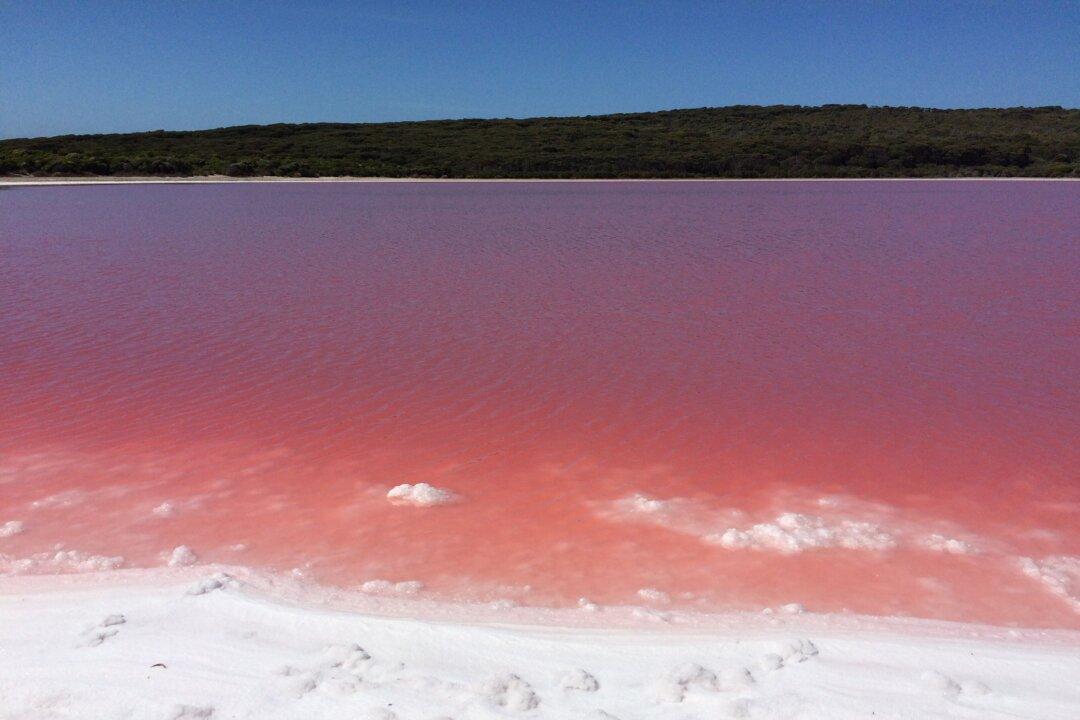Lake Hillier has a complicated address: near the coast of Middle Island, in the Recherche Archipelago, to the south of Western Australia. But it’s not to be missed. A Royal Navy explorer came across its 600-meter-long, strawberry-colored charm in 1802, and visitors to the lake have been thoroughly seduced ever since.

Photo courtesy of Extreme Microbiome Project
|Updated:




